Eikando: Kyoto’s Best Fall Spot
If you come to Kyoto in the fall, you will likely be on the hunt for a place where you can see the spectacular fall leaves. Indeed, there are many, many beautiful temples and shrines that are famous for their beautiful Japanese maple trees, aka momiji, throughout the city. But I think the best one is without a doubt Eikando. Located in the heart of the Higashiyama area, as many as 3,000 Japanese maple trees paint the temple grounds in hues of red, orange, and gold every year.
Eikando
Eikando’s origins date back to the 9th century when the monk Shinjo, a high-rank priest who directly served under one of Japan’s most important spiritual leaders, Kukai, built Zenrin-ji Temple. Even then, the leaves here were so lovely Shinjo wrote a poem about fall foliage here; the beginning of what would become a 1,000-year-old reputation.
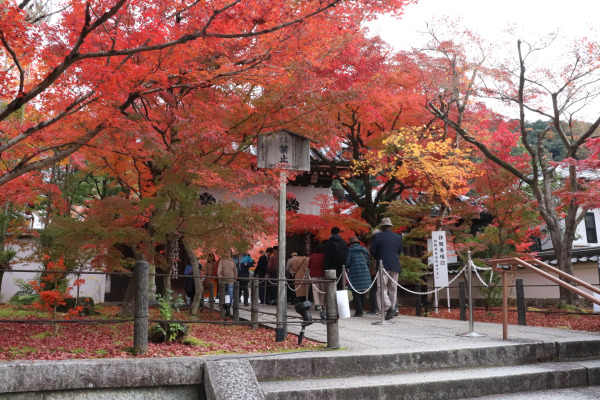
Later in the 11-12th century, the monk Yokan (永観) expanded the temple. He was so devoted to his practice that he soon drew acclaim from other prominent Buddhist priests, which only helped increase the temple’s prestige. Because of his role in growing their reputation, the temple eventually borrowed the characters of his name to create the Eikando [永観堂] of today.
Temple Grounds
If you come to Eikando during peak fall foliage season, you will likely find it pretty crowded. Especially during the weekend, you may have to wait more than an hour to get into the temple. If possible, we do recommend coming here on a weekday and hopefully early in the morning to beat the crowds.
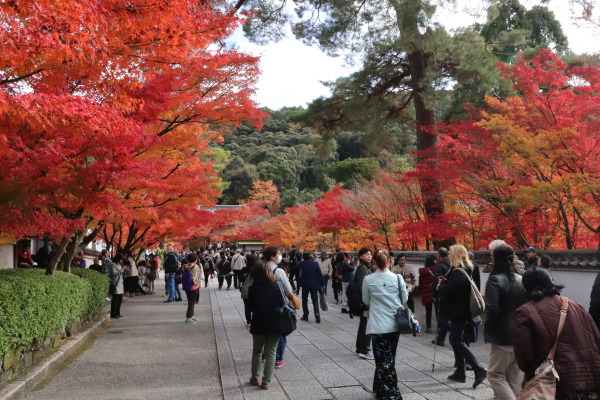
Upon entering the temple, the gorgeous fall foliage of the temple will take your breath away. The array of colors from Eikan-do’s trees are certainly by far the most impressive out of all the temples we have been to so far. Though, to be honest, I feel like there are as many people as trees in the temple.
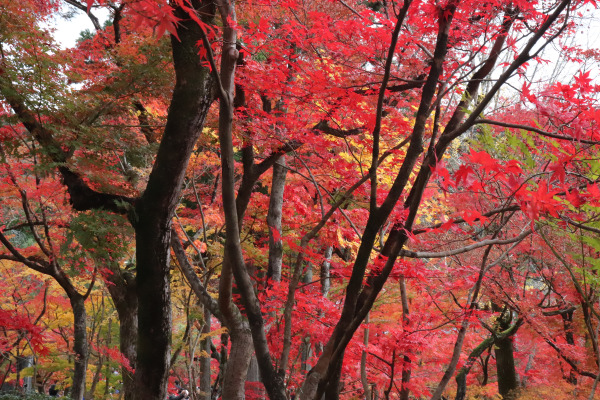
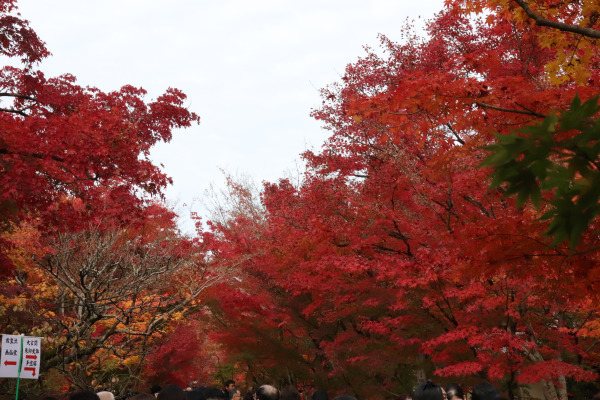
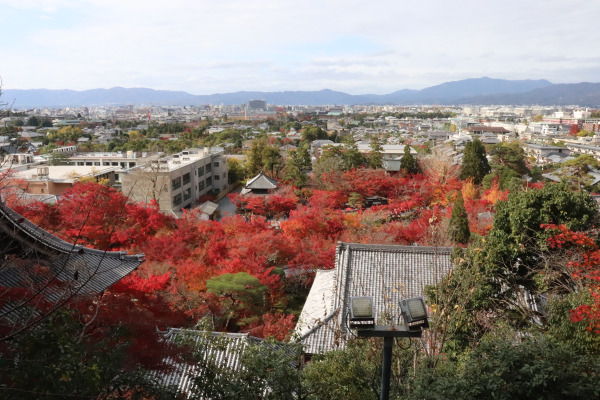
Of particular beauty is definitely the pond. The glass-like waters reflect the bright red trees and the bridge in the middle is very quaint. Unfortunately, there were so many people near the pond that it was next to impossible for us to get a good shot this year.
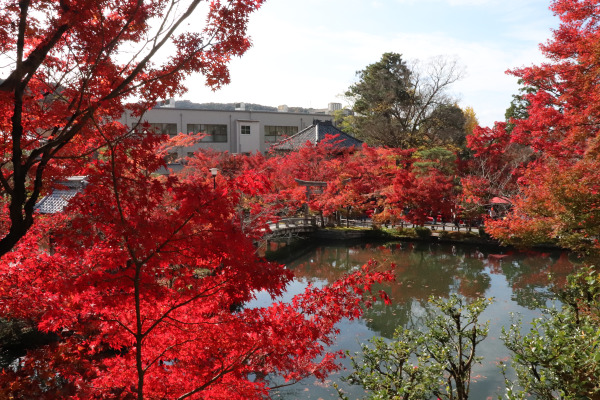
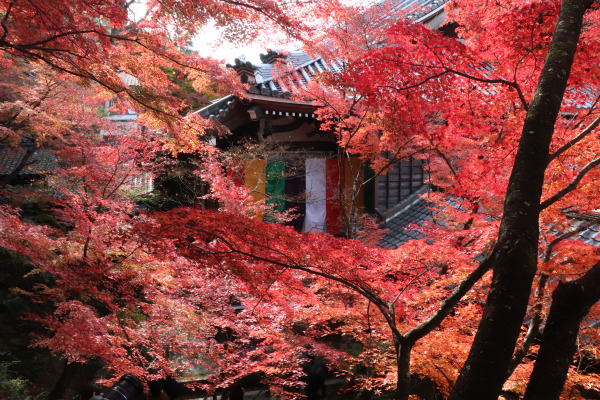
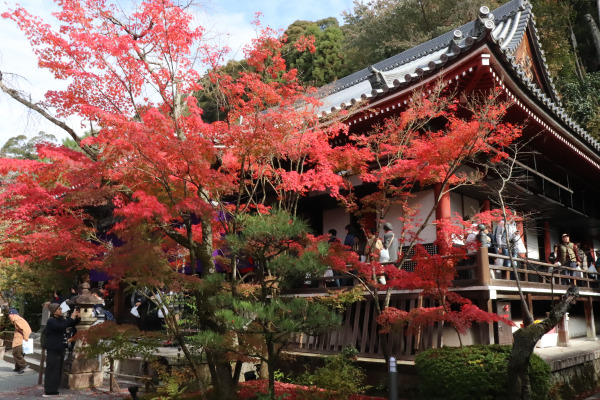
For a short time when the leaves are at their peak, you can go into two of the most important buildings on the temple grounds: the Hondo the temple’s main building, and the Amida-do. Though there might be many people, I strongly recommend visiting these buildings. Particularly, the Amida-do enshrines the Mikaeri Amida statue, which is one of the most iconic parts of this temple.
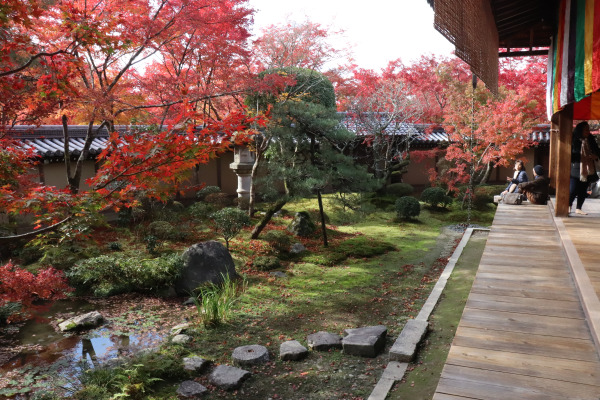
Mikaeri Amida
The Mikaeri Amida, literally meaning “looking back Amida”, is a bit on the small side—only 80cm tall. The most unique trait about this statue is the expression. It is common for Buddhist statues to have a serene gaze fixed straight ahead. However, the Mikaeri Amida, as the name implies, appears to be looking over her shoulder instead of looking straight ahead.
According to a temple legend, while Yokan was performing his rituals around the Kannon statue, she stood up and began to practice with him. When at last Yokan noticed the statue walking around with him, she looked over her shoulder and said “You’re too late”. Since then the statue appears to be looking behind her.
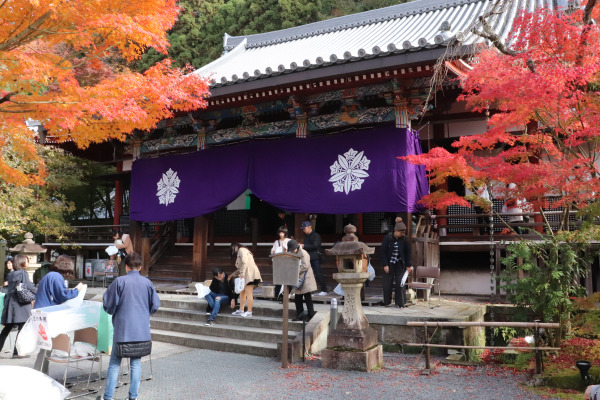
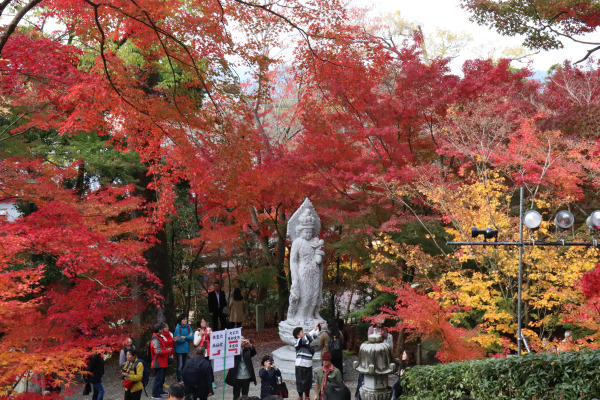
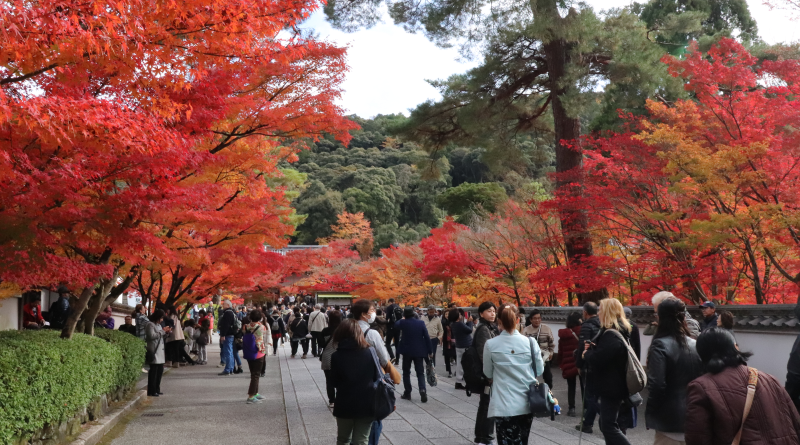
Leave a Reply